This WP aims to develop a common representation of the system, to co-construct remediation measures and to evaluate their performance using qualitative and quantitative criteria. Thanks to participatory digital tools, knowledge will be shared and disseminated to a wide audience to launch debates and help in decision-making.
The first task aims to assess the potential for implementing remediation options and to provide tools to facilitate their appropriation by the actors. First, a state of the art of incentive-based approaches will be conducted. An international workshop will then be organized on the potential of these incentive-based approaches to reduce dolphin bycatch in the Bay of Biscay. Secondly, a representation of the interdependencies within the socio-ecosystem integrating the ecological, technical, socio-economic and institutional dimensions will be developed, based on existing knowledge and the perception of different groups of actors. This work will lead to the co-construction of a synthetic integrated representation which will serve as a basis for the development of an interactive simulator of the socio-ecosystem including the problem of accidental bycatch.
A list of remediation measures will be established in a concerted and collective manner by actors (decision makers, fishing professionals, scientists, users, NGOs, etc.) and will be supported by scientific knowledge. This will allow the development of a digital platform for facilitating debate that will feed the Delmoges project internally but also a public open space. This platform will allow to define evaluation criteria (constraints, costs, risk acceptability, etc.) and to see the emerging measures.

To synthesize all the acquired information, a quantitative and qualitative analysis of the remediation scenarios will be conducted. The socio-economic aspects of the selected remediation scenarios will be evaluated to define the added value and the limit thresholds of activity reduction that should not be crossed, to evaluate the impacts on the fleets, the sector and the territories.
This will be completed by a fisheries assessment with the ISIS-FISH model, that includes the reaction of the fishermen as well as the impact of the scenarios on the catches and biomasses of commercial and by-catch species.
The synthesis of all these results will be conducted through a multi-criteria analysis that will highlight the socio-economic, fisheries and conservation consensus and trade-offs.
